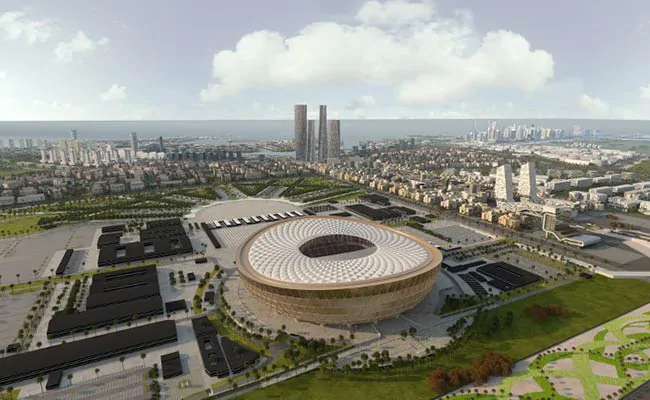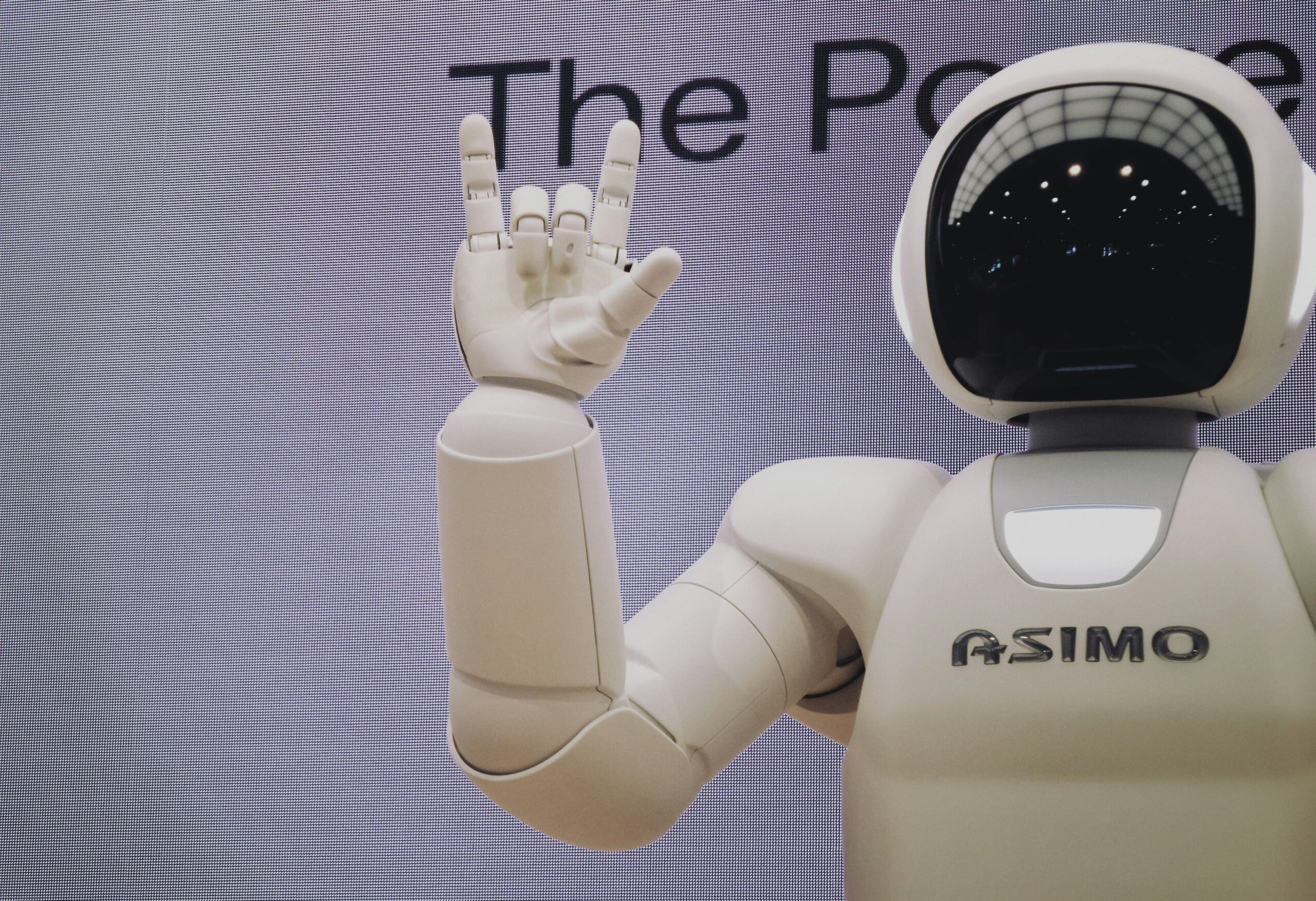One of the most awaited sports tournaments this year is the FIFA WORLD CUP 2022. Ever since it was announced it would be held in Qatar, there has been a lot of talk about it, considering the new stadiums built for the tournament and a lot of money invested. Now, there is one more add-on to the same – The New AI-powered technology for VAR.
The new AI-powered technology will be used at the FIFA Qatar World Cup 2022, FIFA has verified, claiming it’ll halve the time taken to make VAR offside opinions. There will be a sensor integrated into the ball that will send out location data regularly at the rate of 500 times per second, and also, the average decision time might fall from 70 seconds to 25 seconds.
Before we know more about this, let us understand VAR.
What is VAR in Football?
A match official in association football who evaluates the referee’s decisions is known as the video assistant referee (VAR).
The International Football Association Board (IFAB) initially incorporated VAR into the Laws of the Game in 2021 after thorough testing in a number of important competitions. Under the guiding principle of “minimum involvement, maximum benefit,” the VAR system aims to offer a means of rectifying “clear and obvious errors” and “major missed incidents.”
Only the referee in the game can decide when a VAR decision should be reviewed. Players do not have the opportunity nor can push the referee to check with VAR. In fact, it might lead to a player getting booked with a yellow card.
How will VAR change in FIFA World Cup 2022?
Semi-automated offside technology(SAOT) will be used, and we will see a complete overhaul of the system used to judge ‘positional’ offside opinions in the lead-up to a thing. While an adjudicator and their adjunct will still make on-field calls and the adjudicator will have the final say on SAOT opinions, the controversial practice of rewinding television footage will be a thing of history.
“Semi-automated offside technology is briskly and more accurate and offers better communication to suckers,” said Pierluigi Collina, the president of FIFA’s arbiters commission. “It can produce a new form of visualization for sympathizers at home and on the ground. All tests tll now have worked well, and so SAOT is going into FIFA World Cup 2022.”
During this World Cup, offside reviews will be conducted by creating a 3D chart of the goalscoring action, by using a combination of 12 cameras and a hi-technology ball. The Adidas Al Rihla ball will be fitted with a detector that sends out position data 500 times per second, which will be matched against the player positions on camera, with synchronized bias tracking 29 points on players ’ bodies and relaying information 50 times per second.
That data will be reused using AI technology in collaboration with several universities, including the Massachusetts Institute of Technology. After being transferred to a SAOT driver, it’ll be double-checked by a VAR. The VAR will also bear the verdict to the adjudicator, who’ll make the final call but will, in the proposition, simply authorize the decision. Collina said that the time taken to make a decision in trials, compared with the former VAR system, had fallen to 25 seconds from a normal of 70 seconds.

Collina said the primary end of the new system was to achieve more accurate decision timber. Speeding up decision times, he said, was further of “cerebral” significance to suckers. review of VAR offside opinions has concentrated on delicacy and speed – with cameras presently adjudicating the position of players and ball supposed to squishy.
“The idea is to have veritably accurate technology, analogous to goalline technology, ” Collina said. “ Goalline technology is used to measure to distances of 3 cm; now it’s millimeters, and all praise the technology. It should be the same for SAOT as well.”
He added, “We wanted to offer commodity that gave a hastily answer. In terms of delicacy, it’s important; in terms of time, it’s more cerebral. If I look at other sporting guests, the time(taken by technology to come to opinions) is lived in a normal way by trainers and observers. In the NBA, you see players drinking, observers enjoying themselves, and no one is thinking about the time. We know football is different and that time is important.”
Once a decision is made, a 3D picture of the offside incident will be shown on TV and on defenses in the World Cup colosseums. Collina said that the image would be easier to interpret for the bystander than former television filmland with lines drawn across them but that the images would take a redundant 25 seconds to induce.
Information Source: Guardian










